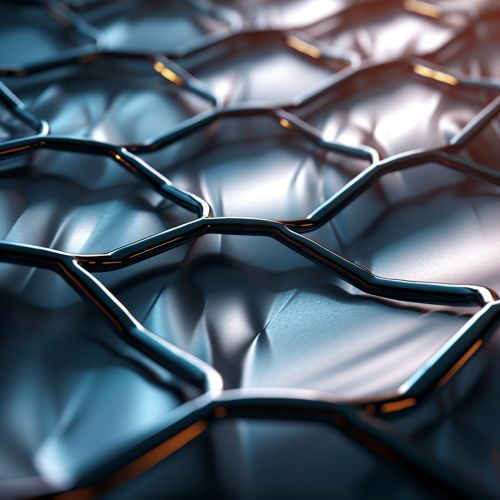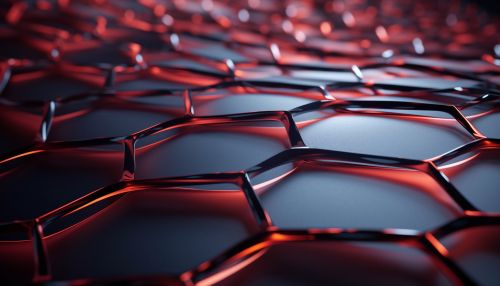Graphene-Based Materials for Energy Storage
Introduction
Graphene is a two-dimensional material consisting of a single layer of carbon atoms arranged in a hexagonal lattice. Its unique properties, such as high electrical conductivity, large surface area, and exceptional mechanical strength, make it an ideal material for energy storage applications. This article will delve into the various graphene-based materials and their potential uses in energy storage technologies.


Graphene-Based Materials
Graphene-based materials can be categorized into three main types: pristine graphene, graphene oxide (GO), and reduced graphene oxide (rGO). Each of these materials possesses unique properties that make them suitable for different energy storage applications.
Pristine Graphene
Pristine graphene is a single layer of carbon atoms arranged in a hexagonal lattice. It possesses excellent electrical conductivity, high thermal stability, and a large surface area, making it an ideal material for energy storage applications such as lithium-ion batteries and supercapacitors.
Graphene Oxide
Graphene oxide (GO) is a derivative of graphene that has been chemically modified to introduce oxygen-containing functional groups onto its surface. This modification enhances its hydrophilicity, making it easier to disperse in water and other polar solvents. The presence of these functional groups also allows for further chemical modifications, enabling the tuning of its properties for specific applications.
Reduced Graphene Oxide
Reduced graphene oxide (rGO) is a material derived from GO by removing the oxygen-containing functional groups through a process known as reduction. The reduction process restores the electrical conductivity of the graphene, making rGO a suitable material for energy storage applications.
Energy Storage Applications
Graphene-based materials have found extensive applications in various energy storage technologies due to their unique properties.
Lithium-Ion Batteries
In lithium-ion batteries, graphene-based materials can be used as anode materials to replace the traditional graphite anodes. The high electrical conductivity and large surface area of graphene allow for a higher capacity and faster charge/discharge rates.
Supercapacitors
Supercapacitors, also known as ultracapacitors or electrochemical capacitors, store energy through the physical separation of charge. The large surface area and high electrical conductivity of graphene make it an ideal material for the electrodes in supercapacitors.
Fuel Cells
Graphene-based materials can also be used in fuel cells, particularly as catalyst supports in the electrode. The high surface area and excellent electrical conductivity of graphene enhance the performance of the catalyst, improving the overall efficiency of the fuel cell.
Challenges and Future Directions
Despite the promising properties of graphene-based materials for energy storage, there are still challenges that need to be addressed. These include the high cost of graphene production, the difficulty in controlling the quality and properties of the graphene, and the environmental impact of graphene production.
Future research in this field will likely focus on developing more cost-effective and environmentally friendly methods for graphene production, as well as exploring new applications of graphene-based materials in energy storage technologies.
